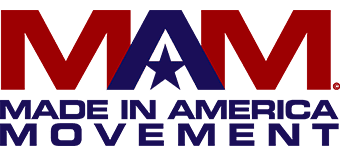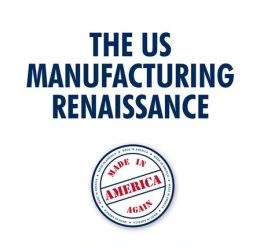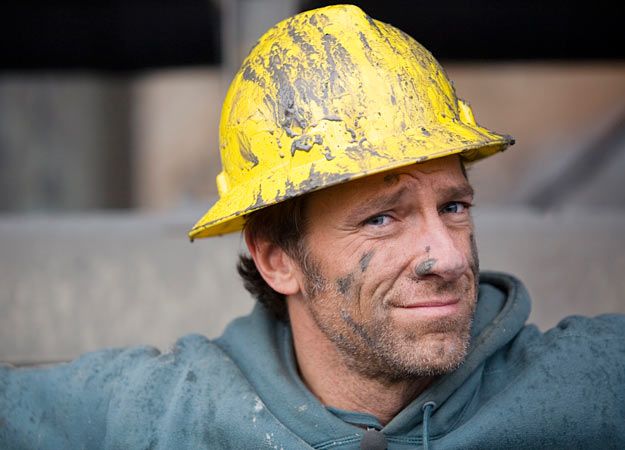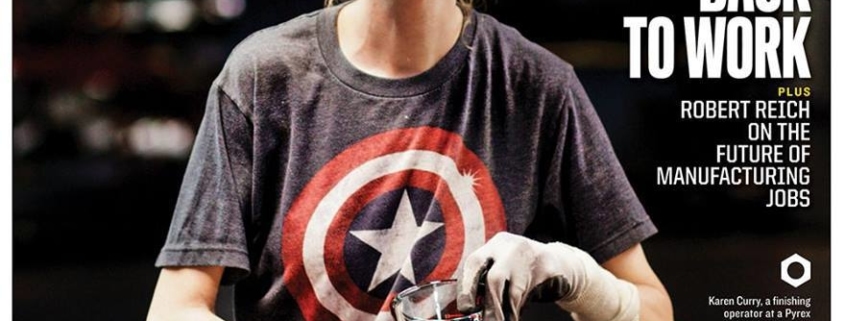Let us celebrate that this Labor Day 2013 is trending toward its home-grown meaning.
No offense to American union workers, but we don’t exactly have to look for the ladies’ garment workers label to determine whether our clothing is made in the good ol’ U.S. of A.
Labels on garments that are branded by Reebok (Thailand), Old Navy (Indonesia, Cambodia and Madagascar) and Target’s Mossimo (Egypt) remind us why bathing beauties this summer might have preferred and looked so enticing in made-in-America Longitude swimwear.
But there appears to be several reasons why a manufacturing trend is on the horizon — and if a resurgence in U.S.-manufactured goods and exports continues, well, that will bode well for the U.S. economy in general and U.S. jobs in particular.
Here’s some background, courtesy of an dailyfinance.com article posted Friday.
“Just a few years ago, you likely wouldn’t have believed an article touting American manufacturing as a growing force in the global economy — and for good reason. For much of the past 15 years, U.S. exports and our manufacturing sector have been on the decline. But that trend appears not only to be slowing, but reversing. The data is driven by America’s increasing oil production, a commitment from retailers to buy more domestic goods, and other companies bringing their previously offshored manufacturing back home — a trend called ‘reshoring.’ “
And here’s the not-made-in-America skinny: “U.S. manufacturing accounted for 19 percent of global exports in the year 2000. By 2011, that number had shrunk to 11 percent. During that same time, Chinese manufacturing surged from 7 percent to 21 percent of global exports. For the American factory and its workers, not to mention the economy, these were troubling numbers,” as dailyfinance.com reported.
Corporate America, the 1 percenters being ripped to shreds by Big Labor and their bed partners — liberals and progressives — are seemingly flipping the well-scripted criticism of greed.
Analysts say that with manufacturers currently employing 12 million Americans, a U.S. export boom could push down our unemployment rate by 2 to 3 points to 5.4 percent — relief worth praying for.
The dailyfinance.com article said Chinese manufacturing is maturing and explained it this way: “According to the Boston Consulting Group, the U.S. is becoming one of the least expensive places in the developed world for manufacturing. We’ve got cheap domestic sources for energy (thanks to the shale gas production boom), as well as relatively low wages. These cost advantages make U.S. manufacturing more akin to China or India just a couple of years ago. BCG projects that by 2015, U.S. labor will cost between 8 percent and 18 percent less than in the other five major export economies (Germany, Japan, France, Italy, and Great Britain).”
Companies banking on “Made in America” labels include Brooks Brothers, which bought a plant in Haverhill, Mass., a few years ago to make suits here instead of offshore, and Caterpillar opened a $200 million plant in Texas a year ago.
And the No. 1 brand in motorcycling, Harley-Davidson, the 110-year-old stalwart of “Made in America,” is even reworking its management-labor relations by renegotiating with unions and granting workers more flexible job classifications and duties.
“[T]he combination of reshoring and building out new manufacturing facilities in the U.S. could create as many as 5 million new jobs here,” dailyfinance.com said.
So, see. It’s all good.
The dreamers in and around the comprehensive immigration-reform movement are having their say about being “Born in the USA.” Well, corporate America is retrending toward having its say, too.
“Made in America?”
Hard-working Americans should bet on it.
Happy Labor Day.
Rowe traveled the world for the past six years taking on jobs with people that were dangerous or just plain disgusting that Americans do every day to make a living.
Personally learning how to make snakes vomit for science or having an angry African monkey named ‘Patty’ stare you down while creating livable space for her and 24 of her friends were two of my favorites!
SkillsUSA was awesome! Awesome! G-d’s work and I don’t say that lightly. They have over 340,000 youth in our schools learning trades and many are STEM trades such as: Digital Marketing, Robotics, Inventions, Electrical Engineering and also Welding, Motorcycle Repair, Automotive, Criminal Justice and more! There were 10,000 at the conference and some very very proud CTE (Career & Technology Education teachers). They boast 98 percent high school graduation rates from their research. WOW! The national average is just over 70 percent.
Walking around the huge Expo center with Edie Fraser, our dynamic CEO at STEMconnector watching kids compete for their destinies (most competitions were at 8 hours long!) was mesmerizing.
Now I hate to be crude, but at least 8 board member plus 100 more corporate and education leaders asked me if this was my ‘first time,’ at the conference with such zeal it was like the Madonna song — you know which one I’m referring to…
“Whatever Kool-Aid they are manufacturing and mixing, that’s a promising skill into itself,” I mused. How do we bottle more of that to build our workforce?!
Rowe with his signature baseball cap and jeans pointed out that in the ’70s, colleges created a poster campaign that told us to work smarter not harder, and the campaign was spectacularly successful! Rowe also shared his view that this campaign was the worst advice ever given. Why?
Because…
Out went vocational education and skills-based learning for jobs.
In came college, college, college-bound, NCLB, college loans, and over a trillion in debt.
We shifted focus off of skills and trade and the great equalizer of our country became to get kids college bound and degreed.
We became a country where testing scores are currency and not whether a child can show up on time, a positive mental attitude, focused resume and a work ethic to become an expert in a craft or skill.
We forgot how to just make something that America could sell and many ‘dirty jobs’ were viewed as beneath us in our quest to work smart but not necessarily hard.
Mike and others have pointed out time and time again to us that most jobs require a two-year degree (yeah, community colleges!) or less, and technical training and certifications. Also pointed out is that many of these jobs, especially if technology or engineering are involved, can start with salaries in the late 40’s and 50’s. The U.S. Department of Labor shares that only 18 percent of jobs require a 4-year college degree.
“We must be prepared with the skills for America so America will be prepared,” said the dynamic youth president on the podium at opening night. The event resembled a Junior Olympics or rock concert with “America Needs Me” posters abound.
I spoke to him afterwards and he would like very much to be a STEM teacher in Automotive Technologies for a few years once he finishes his two-year degree and he plans to continue his education from there.
Rowe suggests that the new motto should be to ‘Work Smart and Hard.’ That’s a campaign we can all get behind. Whether you go to a 4-year college, or a 2-year college, or get some vocational training, know what the jobs you want requires education-wise and what jobs pay to help you map out your decisions and training. Now that’s smart!
I hope you will also be touched for the very first time by SkillsUSA and groups like 4H, Girls Scouts, DECA, YearUp, Invent.org, Youthbuild, NFTE and more that teach real deal skills.
And companies… if you haven’t already and your struggling to hire…
Get dirty and get out there meeting your education institutions to make sure you have a pipeline. Make sure your industry standards are being met and begin mentoring kids in schools and after school on these skills. Judge competitions. Build partnerships. Send equipment they can learn on. Build a school to hire internships and apprenticeship program.
When you go out there and meet rock star workers like the ones we met in Kansas City, consider hiring them. Let them know what training they need now to work for you and hopefully reach them before they rack up hundreds of thousands of dollars in debt.
Good news: Americans are making things again, from cars to watches to socks. What’s behind the manufacturing upswing—and what it means for American labor.
INQUIRIES
Media: PR Department
Partnership: Marketing
Information: Customer Service



 Parade Magazine
Parade Magazine